Gouves: Expert-Advice & Booking by kreta.com the travel experts for Greece
Gouves is practically a quiet suburb of lively Chersonissos. Although it has some agriculture, the coastal region is developed for tourism. Everything is available: hotels, tavernas and supermarkets. The beach is a mixture of shingle and sand. The below photo shows the hinterland (2km behind the coast) of Gouves.
The coastal village Gouves is located in the northeast of Crete, 19 km east of the island's capital Heraklion.
Gouves has a well-developed tourist infrastructure. Opposite the coastal town of Gouves is the small offshore island of Dia, which you can reach by boat in summer-season. The hinterland of Gouves is relatively flat.
The actual village of Ano Gouves is 2 km in the inland.
Kato Gouves has an endless sandy beach, it is a bathing paradise for package tourists.
Gouves is the right place for those who focus on sandy beaches and entertainment.
Gouves is the "bathing paradise" in front of the gates of the capital Heraklion, which is why this beach is also well attended by the "city people" at the weekend
There are many large 4 & 5 star hotels in the Gouves area
The "Creta Aquarium" is also very close to Gouves /
"Thalassocosmos", where the underwater world of the Mediterranean can be admired in 32 pools. The design of the pools corresponds to the natural living space of the animals. It is the largest aqua museum in the Mediterranean, with 1,600,000 liters of sea water
4000 sea creatures! The Aqua Museum is part of the "Thalassocosmos" research center for marine research. Just marvellous!
Cultural highlights in the region of Gouves:
The Megaron of Nirou is of particular interest. It's a Mansion with 40 rooms. Here the archaeologist St. Xanthoudidis found four bronze axes, which were proof that the building is a palace of a priest war.
Interesting excavations are also the sanctuary of Zeus "Thenatas" and the "Lily Villa"
Numerous votive gifts have been found in the sanctuary of Zeus "Thenatas", as well as extraordinary limestone eagle figures. The finds can now all be admired in the archaeological museum of Heraklion.
The lily villa is a two-story building with 17 rooms. It is said to have been the seat of a local prince or high priest. From here you have a beautiful panoramic view of the Mediterranean. The famous murals with the white lilies also come from the upper floor. You can also admire these murals in the archeological museum of Heraklion.
Worth to see is the beautiful village in the hinterland, we recommend the village "Voros". Near Voros there is also the "Keras Eleoussas" monastery.
The monastery resembles a fortress, indicating that the residents here have to protect themselves from external influences.
Near the village "Skotino" you can reach the cave "Agia Paraskevi"
with stalagmites and stalactites. The cave is 126 m long, 36 m wide, 47 m high and extends over 4 levels. This grotto was used from 2000 BC. BC until the 17th century as a place of worship.
Watch "Anogia".
The village of Anogia is about 65 km west of Gouves, at the foot of the Ida Mountains. Anogia is 700 meters above sea level. It is known for its weaving and icon art. Anogia was the home of the famous Cretan singer "Nikos Xilouris".
The montain village has about 4,000 inhabitants.
Great things come in small packages:
Embrace the colourful small villages of the northwest of Crete and its scenic nature reserves like Balos Lagoon and the Samaria Gorge in Combination with the natural beauty of the South of Crete with a vast array of authentic villages built amphitheatrically on the sloping hills.
You can send us an email-request for the best combinations in Crete to take the most out of your vacation on Crete: info@kreta.com.
we´ll respect your preferences by sending you tailor-made offers.... continue


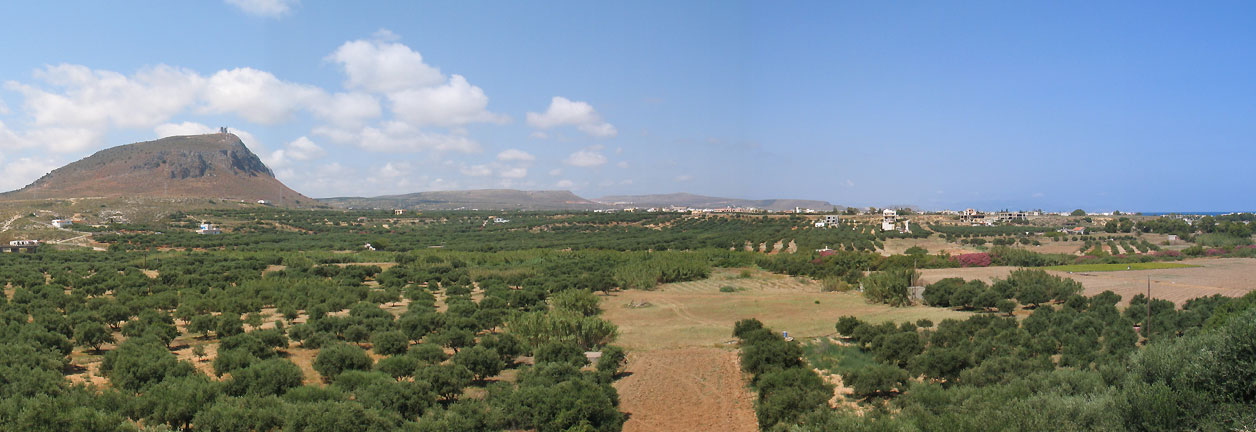
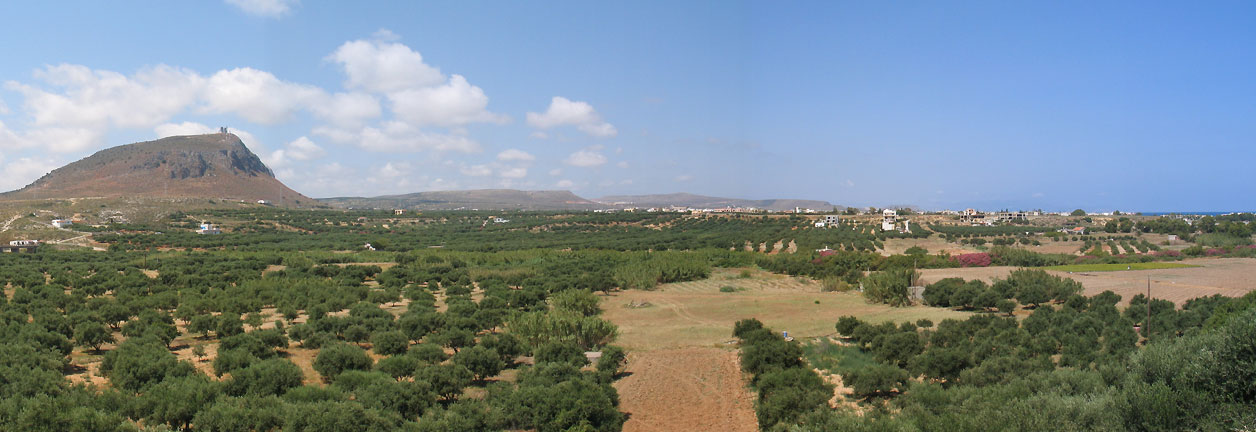
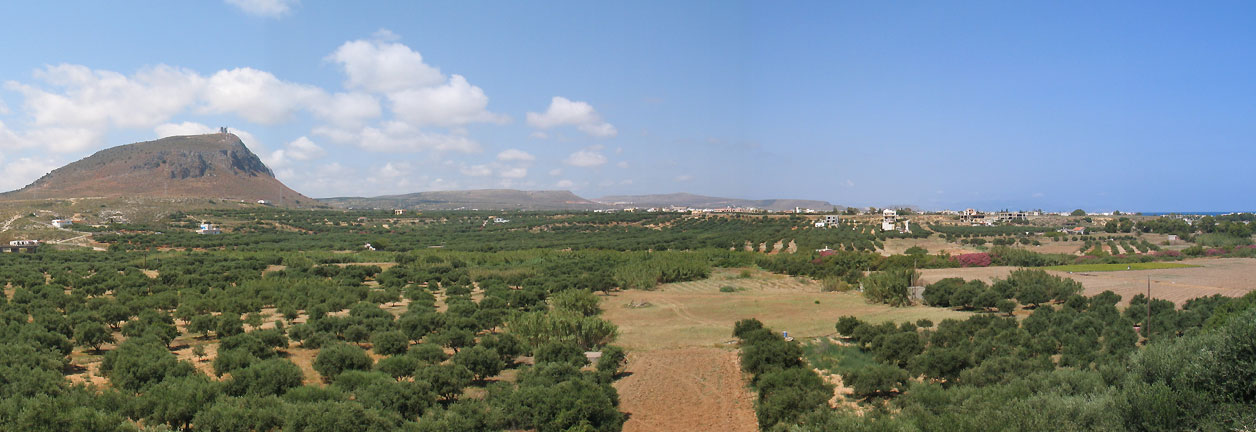
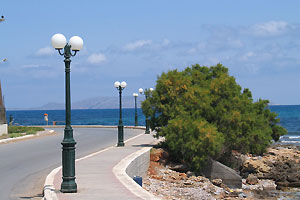
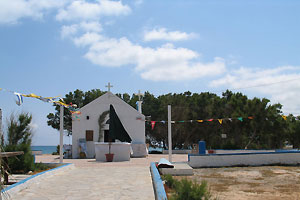
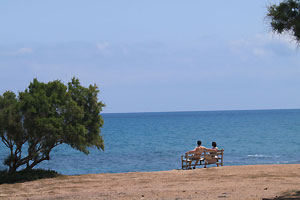
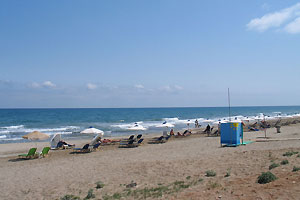
 Hotel Grecotel Amirandes
Hotel Grecotel Amirandes East Crete Hotel The Island
East Crete Hotel The Island




